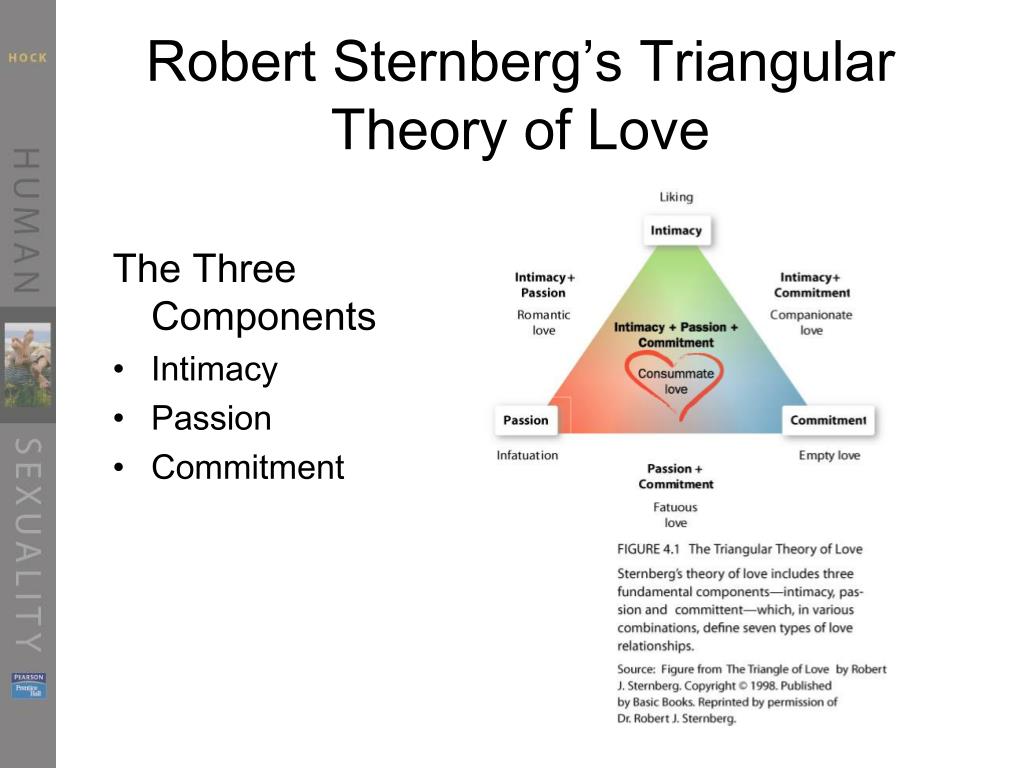Self concept development
What Is It and How to Form One
How people perceive you defines you in their eyes, but how you perceive yourself — something known as self-concept — may define your persona and how you develop.
What makes you “you” has a lot to do with how you see yourself. If you consider yourself to be a kind person, for example, that can become a key component of your personal identity.
“I’m kind” is something you believe about yourself. It’s a part of your self-concept.
Self-concept is what you believe defines you as a person. It answers the question: “Who am I?”
In psychology, many theories on self-concept exist, but most of them parallel the notion that self-concept is a critical component of identity development.
Self-concept involves everything about you, from your moral stance and everyday behaviors to your recreational talents and political beliefs.
According to research published in 2020 that discusses the self-concept theory proposed by William D. Brooks and Philip Emmert in 1976, your self-concept may be primarily positive or negative and predisposes you to certain thoughts or behaviors.
Positive self-concept examples
- believe you can make a difference
- feel on par with others
- receive compliments without shame
- understand everyone has certain feelings or behaviors that may not be fully socially acceptable
- have a willingness and readiness to work on yourself and resolve unhelpful behaviors
Negative self-concept examples
- be sensitive to criticism
- be over-responsive to praise
- feel disliked by others
- assume everyone views themselves in the negative
- tend to be hypocritical
- offer extreme negative criticism toward others
- encounter social interaction challenges and barriers
- be reluctant to interact with others
The world of psychology is vast, and identity development has been a point of interest for decades.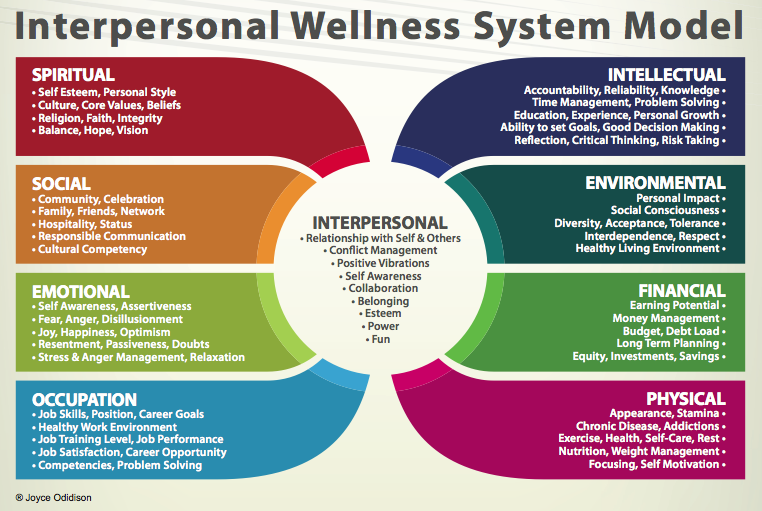
As such, many theories on self-concept exist, some independently of others and some building off earlier works.
One of the most widely accepted frameworks of self-concept was developed by psychologist Carl Rogers, who believed self-concept could be broken down into three primary components.
What are the 3 parts of self-concept?
According to Rogers, the three core parts of self-concept are:
- Ideal self: your vision and ambitions of who you want to be
- Real self (self-image): how you currently see and perceive yourself
- Self-esteem: how much worth and value you believe you have
Rogers believed how your ideal self and real self aligned was important to the development of your self-esteem.
If your ideal self did not match the reality of your real self, he suggested your self-concept was “incongruent,” and your self-esteem was likely to be negatively affected.
Real selves matching ideal selves was labeled as “congruent” and associated with positive self-esteem.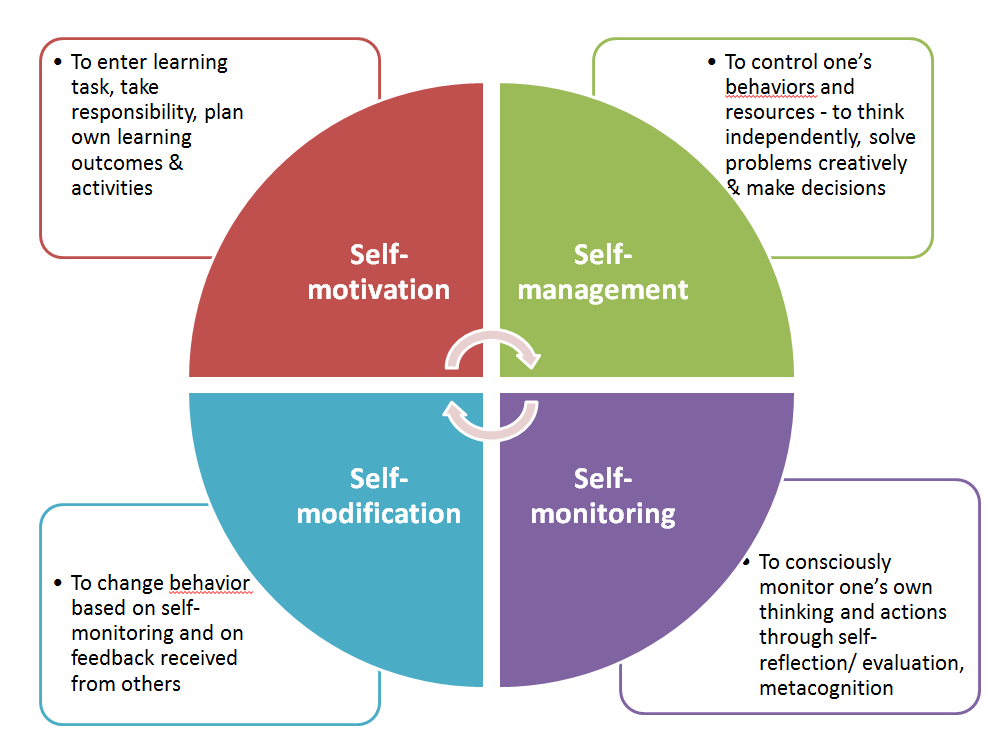
What are the four concepts of the self?
Within the framework for self-concept are coexisting theories, such as that of self-presentation, which suggests your self-concept influences how behavior can be a way to show others who you are.
In self-presentation theory, four concepts of the self exist:
- Public self: your view of yourself as defined by other people’s public knowledge of you
- Self-concept: who you believe you are
- Actual or behavioral self: the self created by your actions and habits
- Ideal self: the self you aspire to be
Self-categorization theory
In the 1980s and 1990s, John Turner, a social psychologist, proposed another self-concept principle known as self-categorization.
In his works, Turner felt two different levels of self-categorization existed:
- Personal: your sense of self as an individual
- Social: your sense of self as defined by the group you feel you belong to
Turner suggested self-concept was a combination of personal and social identities, and that people could define themselves on multiple levels based on their intrapersonal comparisons.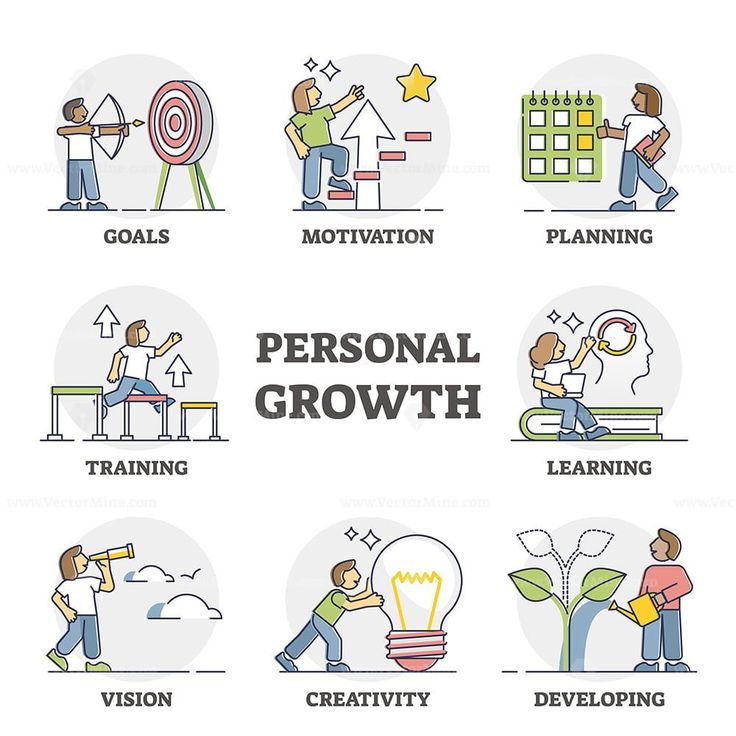
For example, as an individual, you may identify yourself as a strong athlete. However, as a member of a team, you may feel less confident as a performer if the team doesn’t do well.
Social identity concept vs. self-categorization concept
Social identity concept, pioneered by Henri Tajfel, a social psychologist, also investigates personal and social self-concept.
Unlike self-categorization, which involves self-placement in a group to which you feel you belong, social identity theory suggests you find meaning and consider it important to be a part of a specific group.
Self-categorization example: I’m Irish because I was born and live in Ireland.
Social identity example: I’m a member of my political party because I believe in what they stand for.
The looking glass self-concept
In 1902, Charles Cooley, a sociologist, introduced what was known as the looking glass theory, an extension of self-concept that suggested your sense of self was directly influenced by the perception of those around you.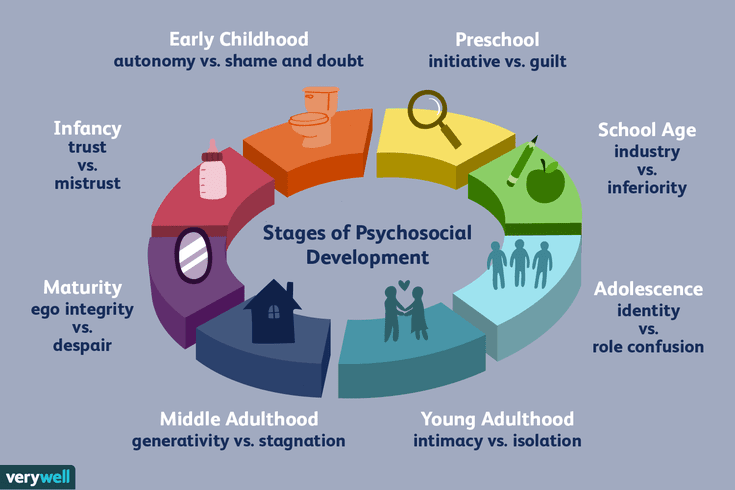
For example, if you notice everyone laughs when you make a comment, you may start to define yourself as “funny.”
Sense of self can be an important part of maintaining your mental well-being.
In fact, older research from 2008 details how an unstable sense of self-identity is a symptom of bipolar disorder and can be for other mental health conditions, too.
Even if you feel as though you have a robust self-concept, there are resources available that can help you explore what self-concept really means to you.
The following resources may help guide you in self-concept development:
- Discover Your Values
- How to Know Yourself Better
- How to Use Positive Affirmations for a Fulfilling Life
- 30 Inspiring Quotes About Embracing Your True Self
- Ready, Set, Journal! 64 Journaling Prompts for Self-Discovery
What Is It and How to Form One
How people perceive you defines you in their eyes, but how you perceive yourself — something known as self-concept — may define your persona and how you develop.
What makes you “you” has a lot to do with how you see yourself. If you consider yourself to be a kind person, for example, that can become a key component of your personal identity.
“I’m kind” is something you believe about yourself. It’s a part of your self-concept.
Self-concept is what you believe defines you as a person. It answers the question: “Who am I?”
In psychology, many theories on self-concept exist, but most of them parallel the notion that self-concept is a critical component of identity development.
Self-concept involves everything about you, from your moral stance and everyday behaviors to your recreational talents and political beliefs.
According to research published in 2020 that discusses the self-concept theory proposed by William D. Brooks and Philip Emmert in 1976, your self-concept may be primarily positive or negative and predisposes you to certain thoughts or behaviors.
Positive self-concept examples
- believe you can make a difference
- feel on par with others
- receive compliments without shame
- understand everyone has certain feelings or behaviors that may not be fully socially acceptable
- have a willingness and readiness to work on yourself and resolve unhelpful behaviors
Negative self-concept examples
- be sensitive to criticism
- be over-responsive to praise
- feel disliked by others
- assume everyone views themselves in the negative
- tend to be hypocritical
- offer extreme negative criticism toward others
- encounter social interaction challenges and barriers
- be reluctant to interact with others
The world of psychology is vast, and identity development has been a point of interest for decades.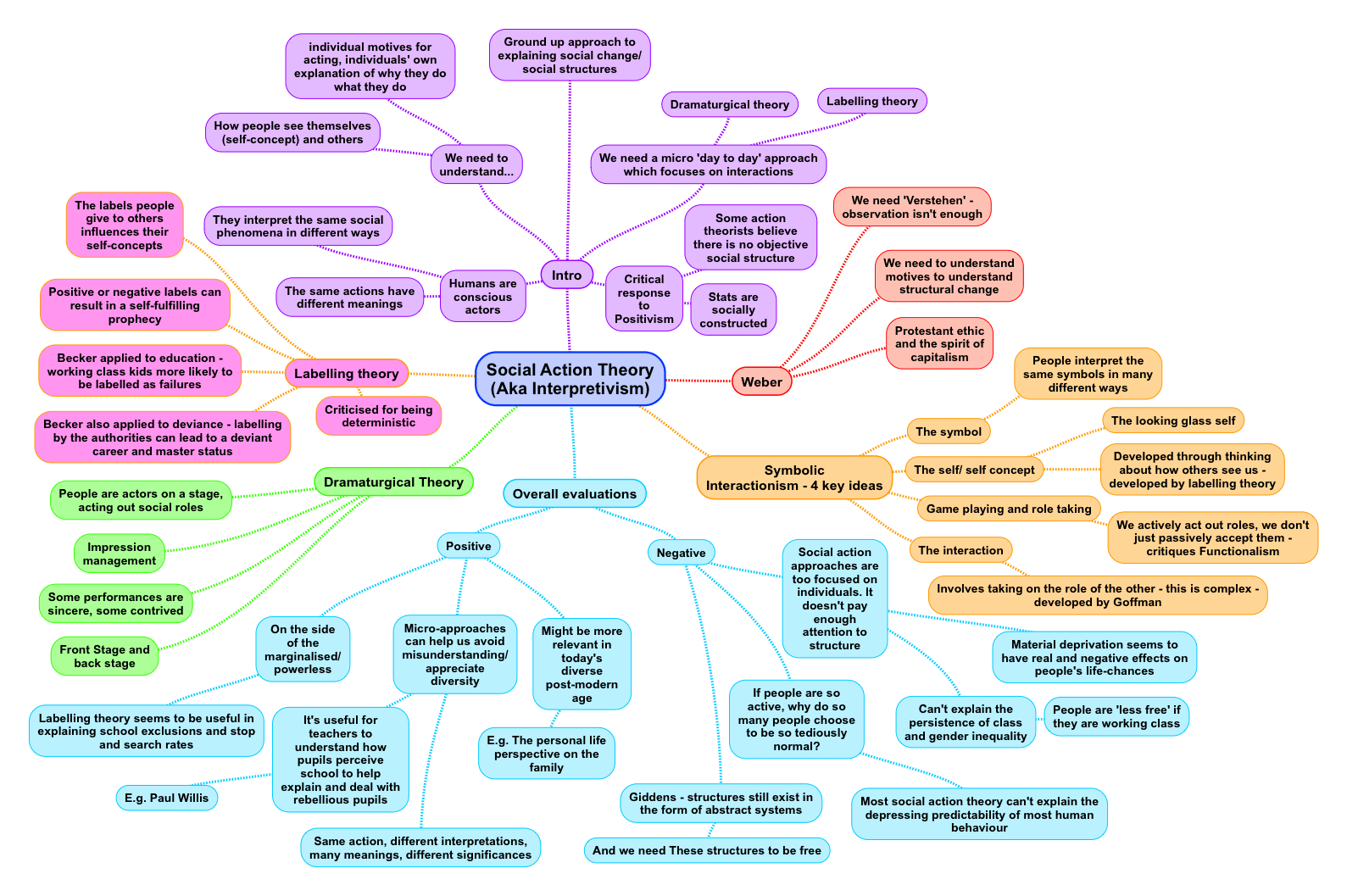
As such, many theories on self-concept exist, some independently of others and some building off earlier works.
One of the most widely accepted frameworks of self-concept was developed by psychologist Carl Rogers, who believed self-concept could be broken down into three primary components.
What are the 3 parts of self-concept?
According to Rogers, the three core parts of self-concept are:
- Ideal self: your vision and ambitions of who you want to be
- Real self (self-image): how you currently see and perceive yourself
- Self-esteem: how much worth and value you believe you have
Rogers believed how your ideal self and real self aligned was important to the development of your self-esteem.
If your ideal self did not match the reality of your real self, he suggested your self-concept was “incongruent,” and your self-esteem was likely to be negatively affected.
Real selves matching ideal selves was labeled as “congruent” and associated with positive self-esteem.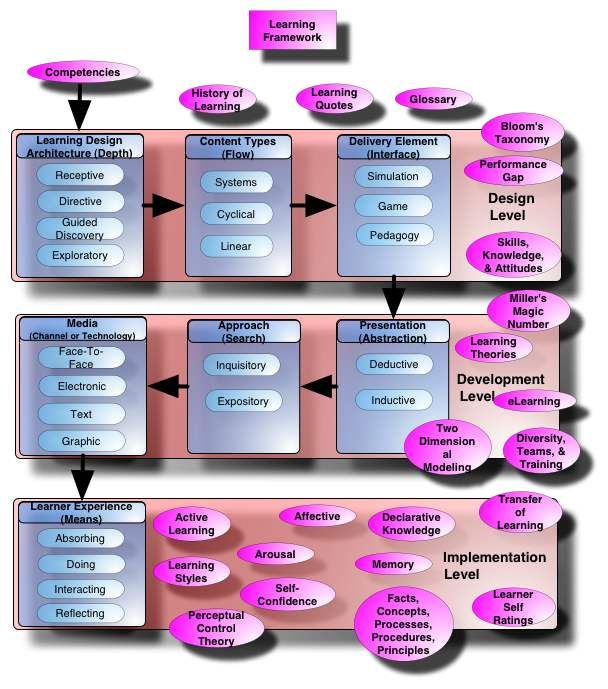
What are the four concepts of the self?
Within the framework for self-concept are coexisting theories, such as that of self-presentation, which suggests your self-concept influences how behavior can be a way to show others who you are.
In self-presentation theory, four concepts of the self exist:
- Public self: your view of yourself as defined by other people’s public knowledge of you
- Self-concept: who you believe you are
- Actual or behavioral self: the self created by your actions and habits
- Ideal self: the self you aspire to be
Self-categorization theory
In the 1980s and 1990s, John Turner, a social psychologist, proposed another self-concept principle known as self-categorization.
In his works, Turner felt two different levels of self-categorization existed:
- Personal: your sense of self as an individual
- Social: your sense of self as defined by the group you feel you belong to
Turner suggested self-concept was a combination of personal and social identities, and that people could define themselves on multiple levels based on their intrapersonal comparisons.
For example, as an individual, you may identify yourself as a strong athlete. However, as a member of a team, you may feel less confident as a performer if the team doesn’t do well.
Social identity concept vs. self-categorization concept
Social identity concept, pioneered by Henri Tajfel, a social psychologist, also investigates personal and social self-concept.
Unlike self-categorization, which involves self-placement in a group to which you feel you belong, social identity theory suggests you find meaning and consider it important to be a part of a specific group.
Self-categorization example: I’m Irish because I was born and live in Ireland.
Social identity example: I’m a member of my political party because I believe in what they stand for.
The looking glass self-concept
In 1902, Charles Cooley, a sociologist, introduced what was known as the looking glass theory, an extension of self-concept that suggested your sense of self was directly influenced by the perception of those around you.
For example, if you notice everyone laughs when you make a comment, you may start to define yourself as “funny.”
Sense of self can be an important part of maintaining your mental well-being.
In fact, older research from 2008 details how an unstable sense of self-identity is a symptom of bipolar disorder and can be for other mental health conditions, too.
Even if you feel as though you have a robust self-concept, there are resources available that can help you explore what self-concept really means to you.
The following resources may help guide you in self-concept development:
- Discover Your Values
- How to Know Yourself Better
- How to Use Positive Affirmations for a Fulfilling Life
- 30 Inspiring Quotes About Embracing Your True Self
- Ready, Set, Journal! 64 Journaling Prompts for Self-Discovery
Features of the development of self-esteem
UDC 740
Rudenko Denis Dmitrievich – student of the Civil Engineering Faculty of the Don State Technical University.
Annotation: This article reveals the characteristic features of the development of a person's self-esteem. The conditions of this development are highlighted. Examples of self-assessment are given.
Key words: Self-assessment, development, personality, life, period.
Self-assessment is an assessment by a person of himself, his capabilities, abilities, qualities and place among other people. Self-esteem refers to the fundamental formations of personality. It largely determines her activity, attitude towards herself and other people. Distinguish between general and private self-esteem. Private self-assessment will be, for example, an assessment of some details of one's appearance, individual character traits. In general, or global self-esteem, the approval or disapproval that a person experiences in relation to himself is reflected. nine0005
The manifestation of self-consciousness can be traced in a child at the beginning of an early age. Around the age of 2, the child begins to recognize himself in the mirror.
Around the age of 2, the child begins to recognize himself in the mirror.
American psychologists conducted the following experiment: they led children to a mirror, then imperceptibly touched each child's nose, leaving a speck of red paint on it. Looking in the mirror again, children under 2 years of age did not react in any way to their soiled noses, not attributing the red spots seen in the mirror to themselves. And the majority of two-year-old children, when they saw their reflection, touched their noses with their fingers - therefore they recognized themselves. Self-recognition is the simplest, primary form of self-awareness. A new stage in the development of self-awareness begins when the child calls himself - first by name, in the third person: "Tata", "Sasha". Then, by the age of three, the pronoun “I” appears. Moreover, the child also has a primary self-esteem - awareness not only of his “I”, but that “I am good”, “I am very good”. At an early age, one could observe only the origins of the child's self-consciousness.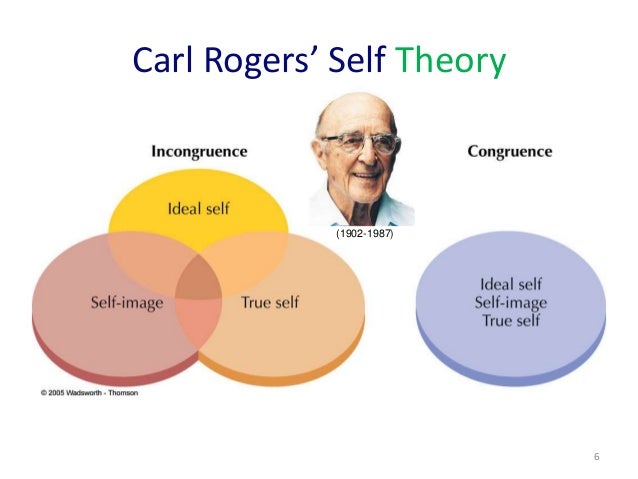 nine0005
nine0005
In the further formation of the personality, it is closely connected with the development of self-consciousness, which has its own specific features at each age stage of the ontogenetic development of the personality.
The development of a person's self-esteem occurs due to the internalization of external assessments and social reactions to a particular individual. Here we should recall the representative of the humanistic trend in psychology, Carl Rogers, who said that a person's self-esteem is always formed on the basis of its assessment by the surrounding people. An important role in the process of forming a person's self-esteem is also assigned to the comparison of the images of the "I", namely the real I (who I really am) with the ideal I (what I want to be). Also, one should not underestimate the influence of communication with other people, because it is in the process of interpersonal interaction that a person receives the most assessments in his address. nine0005
Self-esteem has a significant impact on performance and personality formation at all stages of development.![]() Adequate self-esteem gives a person self-confidence, allows you to successfully set and achieve goals in your career, business, personal life, creativity, gives such useful qualities as initiative, enterprise, the ability to adapt to the conditions of various societies. Low self-esteem accompanies a timid person, insecure in making decisions.
Adequate self-esteem gives a person self-confidence, allows you to successfully set and achieve goals in your career, business, personal life, creativity, gives such useful qualities as initiative, enterprise, the ability to adapt to the conditions of various societies. Low self-esteem accompanies a timid person, insecure in making decisions.
High self-esteem, as a rule, becomes an integral quality of a successful person, regardless of profession - be it politicians, businessmen, representatives of creative specialties. However, cases of inflated self-esteem are also common, when people hold too high an opinion about themselves, their own talents and abilities, while their real achievements, according to experts in a particular field, seem to be more or less modest. nine0005
Self-esteem is not constant, it changes depending on circumstances. Assimilation of new assessments can change the meaning of previously learned ones. It should be emphasized that self-esteem, regardless of whether it is based on a person's own judgments about himself or interpretations of other people's judgments, individual ideals or culturally set standards, is always subjective.
So, self-esteem is not a constant value, since it is dynamic and changes under the influence of various factors, life circumstances and conditions of the surrounding reality. nine0005
References
- Fedoseenkov A.V. Philosophy of life: reification and personalization. In the book: Construction - 2015: Modern problems of construction. - 2015. - S. 368-370.
- Philosophy and fairy tale. Collection of scientific papers / Moscow-Berlin, 2015. Fedoseenkov A.V.
- Self-assessment of a person as the most important component of his "I-concept" [Electronic resource].- Access mode: http://psyh.info/psihologiya-lichnosti/mirovozzrenie/samootsenka.html, free. nine0042
- Burns R. Development of "I - concept" and education. - M., 1986.
- Rogers K. Theory of personality. – K.: PSYLIB, 2005.
An interesting article? Share it with others:
Features of the development of self-esteem of the individual. PsyMag
For each person, it is important how others treat him, how his qualities, abilities and attractiveness are assessed. But self-esteem is also important. This is an attitude towards oneself, formed in a person throughout the life path. The way we evaluate our strengths and weaknesses determines the place we occupy in the social environment, our self-confidence, and the level of social activity. nine0005
But self-esteem is also important. This is an attitude towards oneself, formed in a person throughout the life path. The way we evaluate our strengths and weaknesses determines the place we occupy in the social environment, our self-confidence, and the level of social activity. nine0005
The problem of the emergence and development of self-esteem is one of the leading ones in the development of personality. Self-esteem is the most important component of self-consciousness, that is, how a person realizes himself, his actions, motives and goals of behavior, mental and physical abilities, attitude towards himself and other people, and in general to what surrounds him.
Self-esteem has a great influence on a person's life path, so it is very important to know yourself, your self-esteem and what affects its development and formation, and possibly identify some difficulties, eliminate them in time and direct efforts to correct them. nine0005
Self-esteem is a set of a person's understanding of himself, which was formed on the basis of comparison with those who surround him.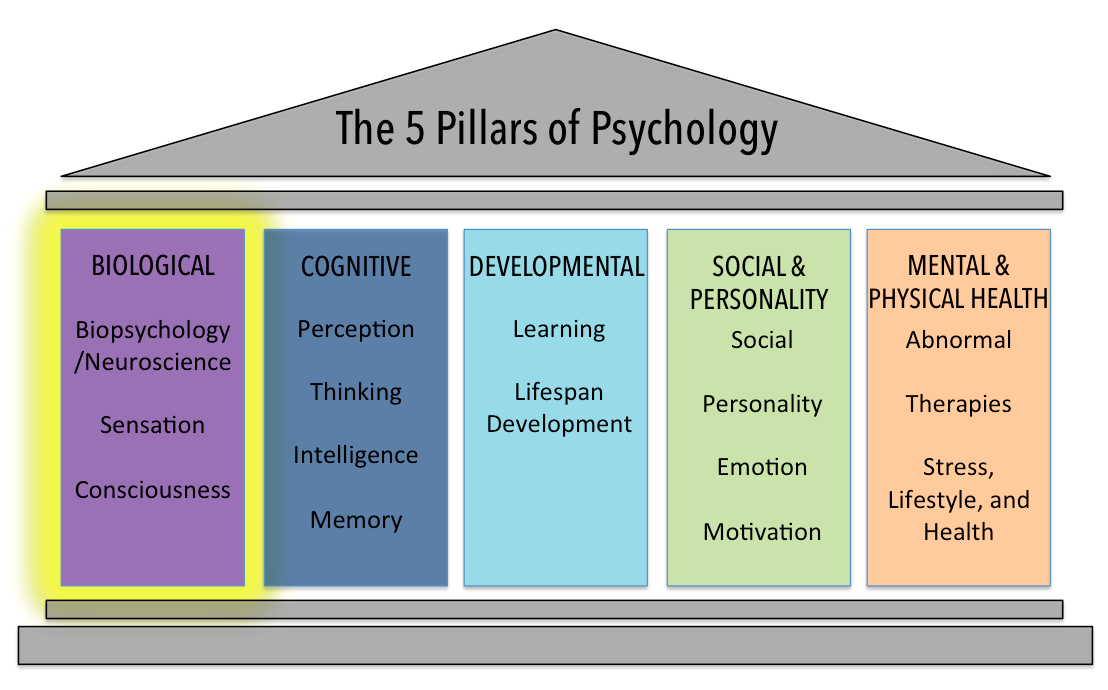 These representations play a crucial role in creating the image of one's "I". Self-esteem includes the ability to assess one's strengths and capabilities, to be critical of oneself. It allows a person to try on his strength to the tasks and requirements of the environment and, accordingly, independently set certain goals and objectives. Thus, self-esteem forms the basis of the level of claims, that is, the level of those tasks for which a person considers himself capable. Present in every act of behavior, self-esteem is an important component in the management of this behavior. All this makes self-esteem an important factor in the formation of personality [3]. nine0005
These representations play a crucial role in creating the image of one's "I". Self-esteem includes the ability to assess one's strengths and capabilities, to be critical of oneself. It allows a person to try on his strength to the tasks and requirements of the environment and, accordingly, independently set certain goals and objectives. Thus, self-esteem forms the basis of the level of claims, that is, the level of those tasks for which a person considers himself capable. Present in every act of behavior, self-esteem is an important component in the management of this behavior. All this makes self-esteem an important factor in the formation of personality [3]. nine0005
The first attempts to study self-esteem and its features were made by the American psychologist and philosopher W. James [4]. In his opinion, self-esteem encompasses complacency and dissatisfaction with oneself. Pride, vanity, vanity and arrogance belong to complacency, modesty, uncertainty, embarrassment, shame, repentance, despair, consciousness of one's own shame belong to discontent. He emphasized the regulatory aspect of self-esteem, that is, he considered it as the most important component of self-regulation of the individual. nine0005
He emphasized the regulatory aspect of self-esteem, that is, he considered it as the most important component of self-regulation of the individual. nine0005
R. Burns [2] focused more on the emotional aspect of self-esteem. In his opinion, self-esteem is one of the components of the self-concept and is associated with an emotional attitude towards one's "I". It shows how much a person loves himself, respects, appreciates and positively relates to what happens to him. Accordingly, if a person has low self-esteem, he does not accept himself, denies and treats himself negatively. That is, self-esteem is a certain level of development of a person's self-relationship. R. Burns suggests that due to self-esteem, a certain evaluative attitude towards oneself is formed. nine0005
Self-assessment can be adequate and inadequate. Depending on the nature of self-esteem, a person develops either an adequate attitude towards himself, or an inadequate, incorrect one. In the latter case, a person is constantly faced with failure, often comes into conflict with the outside world, and the harmonious development of his personality is disturbed.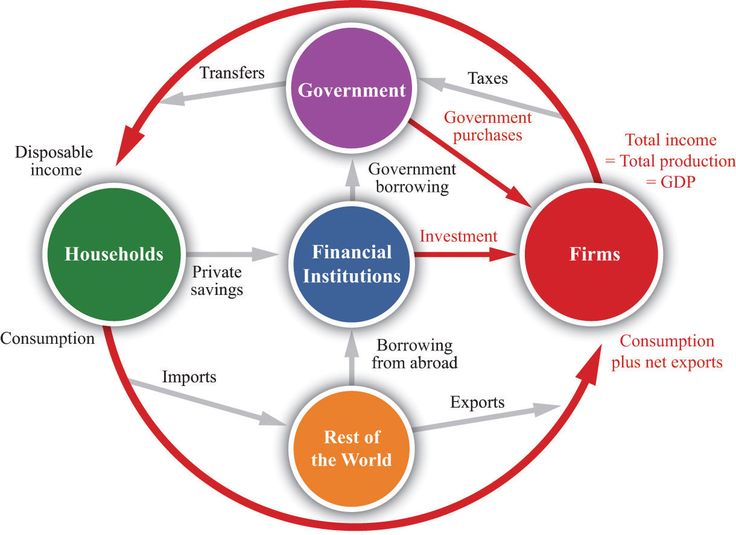 The nature of self-esteem determines the formation of certain personality traits (for example, adequate self-esteem contributes to the formation of self-confidence, self-criticism, perseverance, exactingness; inadequate self-esteem - uncertainty or excessive self-confidence, uncriticality) [3]. nine0005
The nature of self-esteem determines the formation of certain personality traits (for example, adequate self-esteem contributes to the formation of self-confidence, self-criticism, perseverance, exactingness; inadequate self-esteem - uncertainty or excessive self-confidence, uncriticality) [3]. nine0005
1. Adequate self-esteem. This is an objective representation of a person about himself, a realistic assessment of himself, his potential, qualities, actions, abilities, etc. He attributes everything positive that happens to a person to internal factors. For example, if a positive event occurs, he realizes and believes that this is the result of his own efforts, knowledge, and not external circumstances.
Characteristics of a person with such self-esteem:
- sensibly evaluates his desires and abilities to implement them;
- sets goals that he can achieve;
- can critically evaluate himself, look at himself from the outside;
- thinks about the consequences of his actions.

This does not negate the fact that such people need an environment. The difference is that they adequately assess the opinions of others, but are able to filter and analyze, focusing more on their feelings about certain actions. nine0005
2. Inadequate self-esteem can be underestimated and overestimated.
Low self-esteem - discrepancy between the ideal and real "I". A person with such self-esteem attributes his morals to temporary, external and accidental factors. For example, he thinks that he was lucky or that circumstances developed, and he is sure that he is nothing of himself.
Characteristic features of a person with low self-esteem:
nine0078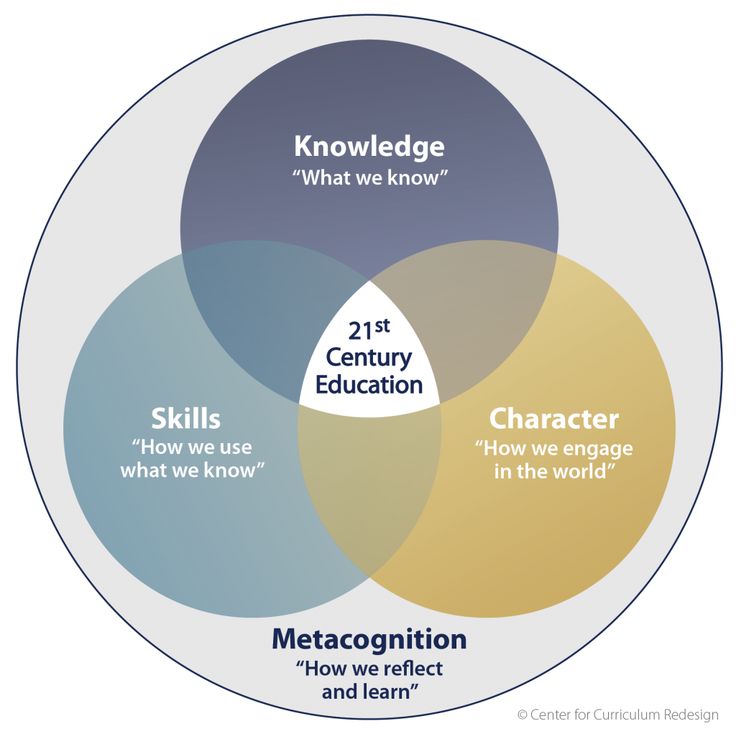
Overestimated self-esteem - a person overestimates himself and his abilities.
People with high self-esteem:
- overestimate their abilities and their importance;
- cannot accept criticism, do not accept opinions that differ from their own;
- think they are right about everything;
- are arrogant and independent;
- do not accept the support and help of other people; nine0042
- blame their problems and failures on circumstances or other people;
- do not see their weaknesses or pass them off as strengths;
- have a demonstrative type of behavior;
- are prone to selfishness and do not respect other people [9].
Success-oriented people are more likely to have realistic self-assessments, while failure-oriented individuals have unrealistic, overestimated or underestimated self-assessments. The satisfaction or dissatisfaction of a person arising from the achievement of success or the occurrence of failure is associated with the value of self-esteem. In his practical activities, a person usually strives to achieve such results that are consistent with his self-esteem, contribute to its strengthening, normalization. Self-esteem, in turn, depends on the result of the activity. nine0005
In his practical activities, a person usually strives to achieve such results that are consistent with his self-esteem, contribute to its strengthening, normalization. Self-esteem, in turn, depends on the result of the activity. nine0005
Self-assessment correlates with the level of claims - the practical result that the subject expects to achieve in work. As a factor that determines satisfaction or dissatisfaction with performance, the level of aspiration is more important for people who are focused on avoiding failure rather than achieving success. Significant changes in self-esteem appear when the successes or failures themselves are associated by the subject of activity with the presence or absence of the necessary abilities [5]. nine0005
There are two components in the structure of self-esteem: cognitive and emotional.
Cognitive component contains a person's knowledge about himself, his abilities, skills, abilities, strengths and weaknesses.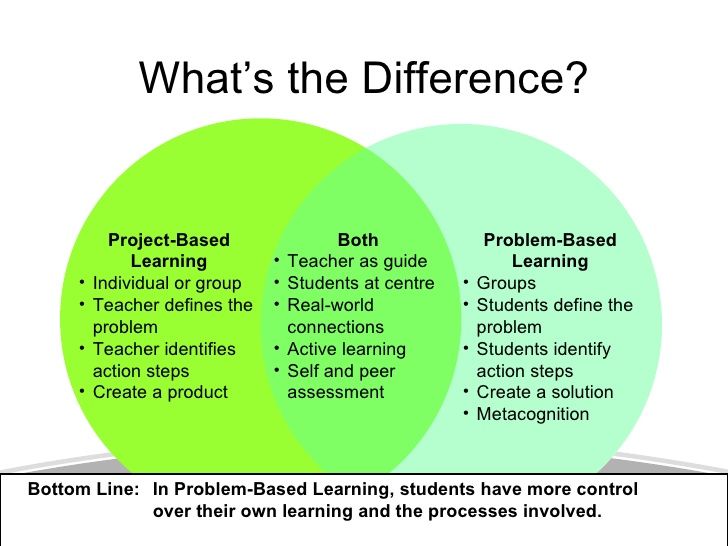 This component is formed in the process of self-knowledge and largely affects the level of self-esteem. Inadequate self-esteem, as a rule, is associated either with false ideas about one's own "I", or with their lack of formation.
This component is formed in the process of self-knowledge and largely affects the level of self-esteem. Inadequate self-esteem, as a rule, is associated either with false ideas about one's own "I", or with their lack of formation.
Emotional component is the attitude of the individual towards himself and various manifestations of personality. The emotions that we experience for ourselves are very contradictory: approval and disapproval, self-respect or lack of it, love or rejection of ourselves.
The differences between these two components are purely theoretical, in real life they coexist in an inseparable unity - our knowledge of our qualities is always emotionally colored [9].
There are many factors influencing the formation of self-esteem that operate in early childhood. nine0005
1. Family factors.
Are essential in the development of self-esteem. A child's self-esteem is determined by how parents treat him and is formed through interaction in the family, because the family for the child is the universe. This is important because in the first five years of life a child develops a personality structure and lays the foundations of the self-concept. The more cohesive the family, the more adequate self-esteem develops in the child.
This is important because in the first five years of life a child develops a personality structure and lays the foundations of the self-concept. The more cohesive the family, the more adequate self-esteem develops in the child.
Thus, parents can unconsciously form low self-esteem in a child if they do not trust him, and will constantly emphasize his negligence and irresponsibility (for example, telling the child “do not take a mug, otherwise you will break it, do not touch the phone - you will break it”). Or vice versa, the development of a child's self-esteem can go in the direction of its overestimation if the parents praise the child excessively, exaggerating his abilities and merits (for example, saying that the child is never to blame for anything, and the fault lies with other children, caregivers, etc.). e.) [11]. nine0005
An adult encourages the formation of inadequate self-esteem in a child if:
- constantly compares the child with other children in order to focus on his weaknesses and inability;
- punishes constantly and often unfairly;
- praises too often with or without reason;
- emphasizes and focuses on the failures and mistakes of the child [9].

There are three areas in relationships with parents that are of particular importance and influence the formation of self-esteem:
- Parents know their child's friends. For a child, the reaction of parents to those around him is important and is an important indicator of their interest in the child. If parents show indifference, then this will contribute to the formation of low self-esteem in the child.
- Parents are interested in their child's learning outcomes. The reaction of parents to success or failure in school is a very important indicator of parental interest in their child. nine0041 Child's interaction with parents at the family table. This is where relationships take place in the family as a whole, how they communicate and interact with each other, how they solve common issues.
All these areas can serve as an indicator of how much parents are interested in the development and happiness of the child [8].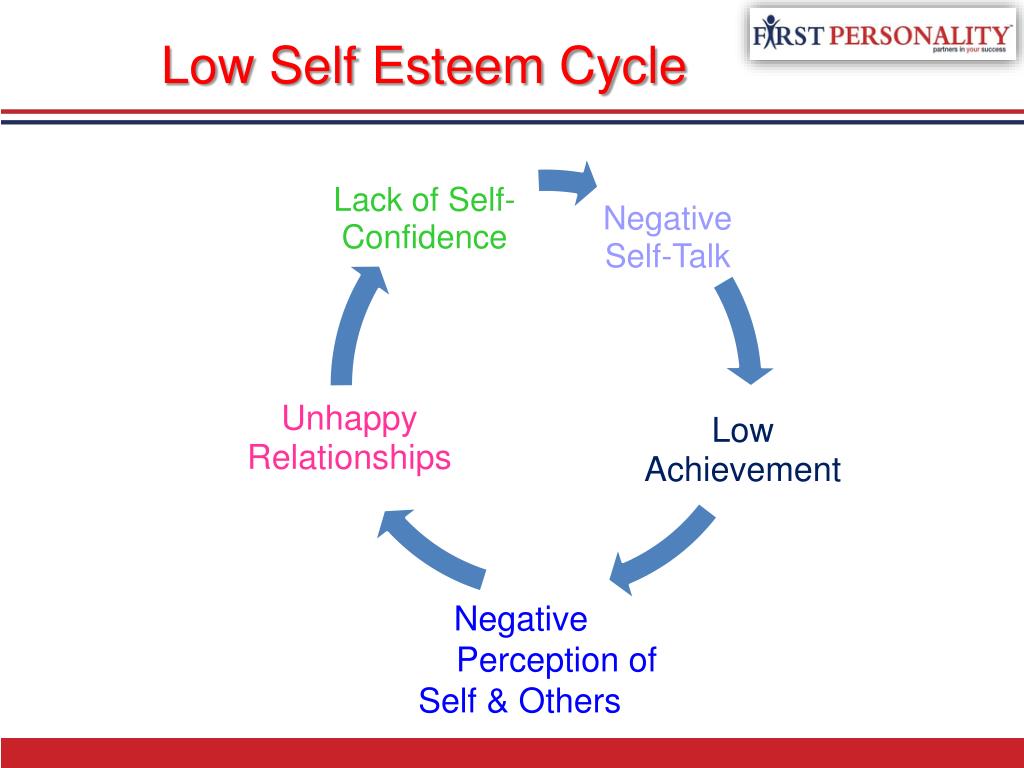
2. Social factors.
A person receives more assessments through interpersonal interaction, so communication has a very great influence on the development of a person's self-esteem. Especially if these are the opinions of the environment, socially significant people whose opinion is important to us. Being in a group of people, the personality, as it were, is combined with other members of the group, and therefore is evaluated by them. But such an assessment presupposes certain standards by which it is carried out. This means that there are such personal qualities that are especially significant for this group, for these conditions of activity. Being enshrined in assessments, in a certain sense they are, as it were, offered to the members of the group. nine0005
There are four processes in which interpersonal evaluation unfolds:
- internalization, which means the assimilation by a person of assessments from other members of the group;
- social comparison, primarily with other members of the group;
- self-attribution, that is, the attribution of qualities to oneself, performed on the basis of the two previous processes;
- semantic interpretation of life experience.
 nine0087
nine0087 - Test questionnaire for determining the level of self-esteem SV Kovaleva.
- Self-attitude test by V. V. Stolin and S. R. Panteleev.
- global self-attitude (82%), that is, an internal undifferentiated feeling "for" and "against" oneself;
- self-esteem scale (47%), it contains self-management, self-understanding and self-confidence;
- autosympathy scale (59%), combining self-acceptance and self-blame; nine0041 scale of self-interest (71%), showing the degree of closeness to oneself, interest in one's own feelings and thoughts, readiness to communicate with oneself on an equal footing, confidence in one's interest in others;
- expressed scale of the expected attitude from others (71%), which means the expectation of a positive or negative attitude from others.
- write down all your virtues on paper and reread them regularly, especially when you feel insecure;
- stop comparing yourself with other people, do not focus on them;
- remember everything that was said good about you, notice what they say now and accept it, and not let it pass by, remember everything that they say in the future so that it becomes part of the new reality and knowledge about yourself;
- tell a loved one about your complexes and experiences, ask him to tell or write down what he thinks about you, what he likes in appearance, character, etc.
 And also ask for an opinion about his shortcomings. The more such people you interview, the better; nine0042
And also ask for an opinion about his shortcomings. The more such people you interview, the better; nine0042 - when some good event occurs, for example, someone praises, do not devalue yourself, do not attribute it to external random and temporary circumstances, but attribute it to yourself, your efforts;
- select and rate important areas of your life on a 10-point scale (for example, relationships with people, profession, knowledge, family, appearance, achievements, etc.). If the marks are slightly above 5 points, then self-esteem is within the normal range, but it can be improved. But, if it is significantly below 5, then special attention should be paid to this area. Think and write down what is missing in this area in order to feel more confident in it and begin to eliminate these shortcomings; nine0042
- find and pursue hobbies and interests that are good and enjoyable, that you can be successful at;
- recall and analyze your childhood and think about what events affect self-esteem and prevent you from acting now;
- surround yourself with people with high self-esteem, who pull up, support and do not devalue;
- to try new things, thus, to know yourself, it is better to reveal your new interesting sides.
 nine0042
nine0042
Self-esteem of each member of the group depends on group opinion (but only in a certain way: self-esteem may go against the opinion of the group, generating a network of conflict situations, for example, in a school class), social comparison implies the presence of someone "average" as a starting point, and this idea of “average” is also formed in a group, etc. That is, being in a group of people, a person involuntarily compares himself with them, and also takes into account everything that others say about him, and this also affects his self-esteem. nine0005
3. Personal reasons.
Also, the formation of our self-esteem, but to a lesser extent than the social environment, is influenced by the individual characteristics of a person, temperament and character, the peculiarity of emotions, etc. The more a person is emotionally stable, the less he worries about failures and how the environment appreciates it. A person with a more sensitive psyche may begin to worry. For example, a melancholic tends to worry and worry about minor remarks and will remember them for a long time. The phlegmatic, most likely, will not even pay special attention to this. Introverts tend to be less judgmental than extroverts, although extroverts often have high self-esteem. But on the other hand, introverts themselves often rate themselves above the rest [9].
For example, a melancholic tends to worry and worry about minor remarks and will remember them for a long time. The phlegmatic, most likely, will not even pay special attention to this. Introverts tend to be less judgmental than extroverts, although extroverts often have high self-esteem. But on the other hand, introverts themselves often rate themselves above the rest [9].
4. Level of claims.
This is another important factor related to a person's assessment of himself.
W. James proposed a formula in which self-esteem = goal + level of claims. The level of aspirations means the level that a person strives to achieve in different areas of life (status, career, well-being). It can be adequate, that is, corresponding to the capabilities of a person, and inadequate (overestimated or underestimated), where a person overestimates or underestimates his capabilities. nine0005
Success is the achievement of these results, the performance of a series of actions that show the level of claims, which is formed by the influence of successes and failures encountered throughout a person's life. And all this affects the formation of self-esteem [10].
And all this affects the formation of self-esteem [10].
A study was conducted in which 17 respondents took part, among which 65% are girls, 35% are boys. The age category is 19-27 years. The study was conducted to study self-esteem and self-attitude in young people. nine0005
The following methods were selected as instruments:
These techniques complement each other and will help us to see how young people relate to their "I" from different angles.
Based on the results of the methodology for determining the level of self-esteem by S. V. Kovalev, 82% of respondents had low self-esteem and 18% had high self-esteem. With the average level is not observed at all. It can be said that the majority of respondents suffer from excessive shyness, often painfully experience criticism in their address and adapt to what other people think.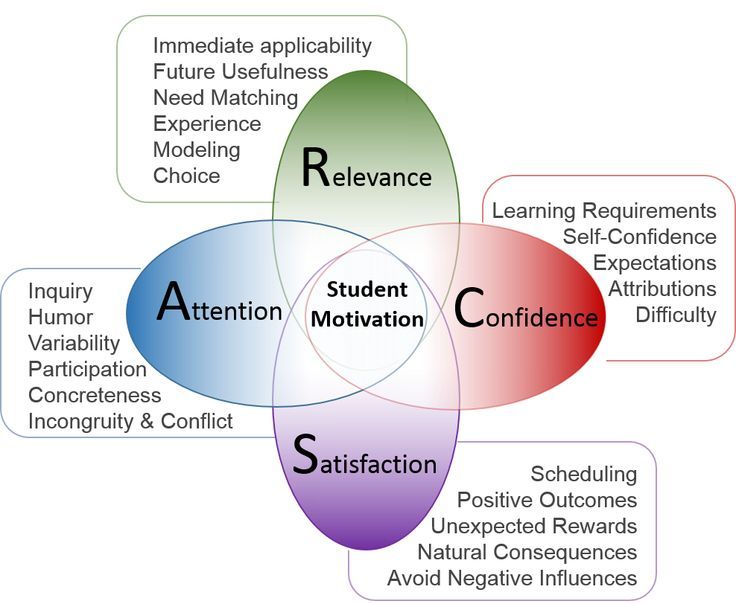 And only a small percentage adequately respond to the statements of others and soberly look at themselves and their actions. nine0005
And only a small percentage adequately respond to the statements of others and soberly look at themselves and their actions. nine0005
According to the method of self-attitude by V. V. Stolin and S. R. Panteleev, it can be seen that the following scales are pronounced for the majority of respondents:
Let's consider these components separately.
The majority have pronounced self-acceptance (65%) and self-interest (76%). The attitude of others (53%), self-management (41%) and self-understanding (41%) are also well expressed. nine0005
35% expressed self-confidence, and 35% - not expressed. But also the majority (53%) do not express self-accusation, which is a good indicator.
That is, we can conclude that the majority of respondents have a fairly well expressed self-attitude. In general, the majority of young people feel good about themselves, accept themselves, take an interest in themselves, approve of themselves. Self-confidence is somewhat worse expressed.
According to the results obtained, the following recommendations were made to improve the level of self-esteem:
References
Main sources:
1. Andreeva GM Social psychology. Third edition. – M.: Nauka, 2004.
2. Burns R. Development of self-concept and education. M.: Progress, 1986.
3. Guseva TI Psychology of personality. Lecture notes - M., 2008. - 160 p.
4. James W. Psychology / Ed. L. A. Petrovskoy. - M.: Pedagogy, 1991. - 368 p.
5. Nemov RS Psychology: Proc. for stud. higher ped. textbook institutions: In 3 books. - 4th ed. - M., 2000. –688 p. nine0005
6. Stolin VV Self-consciousness of personality. - M., 1983
7. Stolin VV, Pantileev SR Questionnaire of self-attitude // Workshop on psychodiagnostics: Psychodiagnostic materials. M., 1988. S. 123-130.
Additional sources:
8. The main factors influencing the formation and development of self-esteem - Rozhim access: https://studbooks.net/1/psihologiya/osnovnye_faktory_vliyayuschie_stanovlenie_razvitie_samootsenki
nine0002 9.






